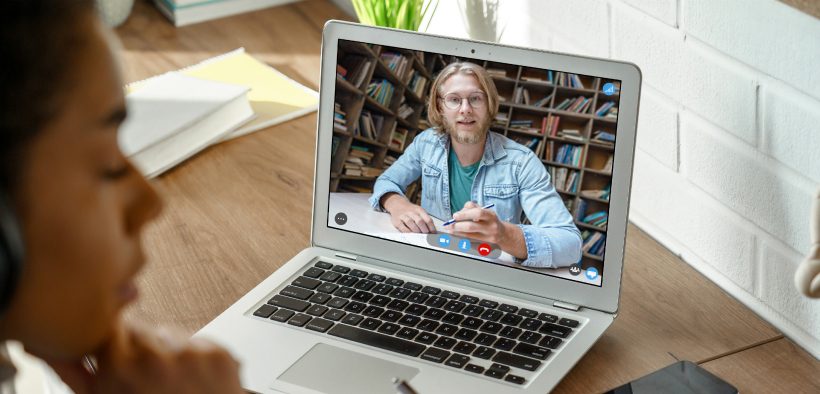I have never used videoconferencing in my online courses on grounds that they undermine the “anywhere, anytime” convenience of online learning. But with Zoom now becoming ubiquitous in the working world due to the COVID-19 pandemic, I have come to see that videoconferencing skills are a valuable learning outcome that we should be teaching our students. Until now higher education has focused on written and face-to-face communication skills, but even after the pandemic has passed, I am sure that videoconferencing will remain a common means of communication in a business world where people routinely meet from different locations.
A Framework for Video Discussions

- Tags: group work, scaffolding, video
Related Articles
I have two loves: teaching and learning. Although I love them for different reasons, I’ve been passionate about...
Active learning is a mostly meaningless educational buzzword. It’s a feel-good, intuitively popular term that indicates concern for...
Perhaps the earliest introduction a student has with a course is the syllabus as it’s generally the first...
Generative AI allows instructors to create interactive, self-directed review activities for their courses. The beauty of these activities...
I’ve often felt that a teacher’s life is suspended, Janus-like, between past experiences and future hopes; it’s only...
I teach first-year writing at a small liberal arts college, and on the first day of class, I...
Proponents of rubrics champion them as a means of ensuring consistency in grading, not only between students within...







